PVC (Polyvinyl chloride or in Hebrew polyvinyl chloride) is one of the three most common types of plastic today. This, along with polyethylene and polystyrene. This is a material with many advantages, which make it a very popular material for work in the field. So what is this material, what is it used for and what are its benefits?
PVC is a modern artificial material that is produced as a raw material for many purposes. It may be integrated into the production processes of a variety of products in different ways, including through injection techniques, as seen for example in the plastic injection department of Ishar Plastic Industries. It is also possible to produce sheets or surfaces of PVC, from which the customer will cut according to his needs.
After what is PVC, you can ask how this special material is produced? PVC is produced in a complex chemical process similar to other plastics, but the basis is quite simple. These are the following main steps: It starts with the electrolysis of salt water to produce chlorine. Then ethylene, which is extracted from oil, is added to the chlorine. The result is “PVC resin”, which can now be combined with a variety of other materials, depending on the properties of the material to be achieved. At the end of the process, PVC surfaces can have different properties of the entire material as well as of the finish of the surface. The finish may include aspects such as a non-slip finish, and of course, colors and shades according to your taste and the purpose of the material. This is of course a simple and concise description of the process. In practice, we try to obtain material that meets high commercial requirements, including compliance with various regulations, so things are a little more complicated.
Versatility in types and uses is an important advantage of PVC:
Manufacturing products must take into account many aspects of chemistry and material theory. When choosing a PVC material, it will often be the right choice, thanks in part to its following advantages:
PVC is used for many purposes, mainly in the field of construction (for example in plumbing pipes) but also in other fields. In the past it was seen for example as a raw material for the production of records, and today it is seen in products such as adhesive nylon, coating for electrical cables, credit cards and more. Also, printing on PVC is very common. When you see a billboard for example, it is very possible that this is the material on which it is based. It has additional features that are very suitable for the printing market. In general, it is a good look of the prints, which is kept (along with the PVC layer itself) in good condition over time. This material is even used in the textile industry in some cases. The application of PVC in construction or parquets is very popular and not just for reasons of passing fashion, but thanks to a very attractive combination of properties. You should take this into account.
The PVC is a material with many uses and just as many advantages, and it is definitely recommended to consider it according to the product you wish to produce. If you would like to receive more information, start to initiate processes and of course receive the help of professionals – contact ” Yashor Plastic Industries ” and we will be happy to help.
Since 1978, YSR Plastic Industries has established itself as a leading entity in the field of plastic injection moulding. We specialise in the production of complex and high-quality components, providing bespoke technological solutions to a diverse range of sectors. Operating both nationally and internationally, our reach extends across industries such as Electronics and Telecommunications, Defence and Aerospace, Medical Devices, Irrigation and Agriculture, Consumer Goods, Construction, and Infrastructure.
As a one-stop shop, we offer full turnkey solutions including procurement, sourcing, assembly, kitting, packaging, storage, and shipping. Our extensive facilities, covering 15,000 sqm with huge storage facilities and more than 100 employees, showcase our scalability.
Standards

Contact Information